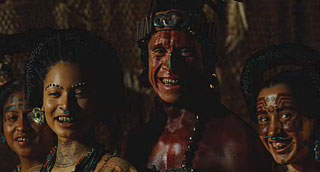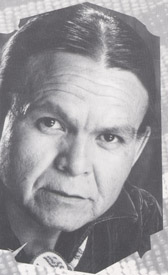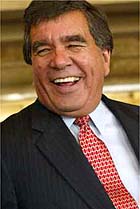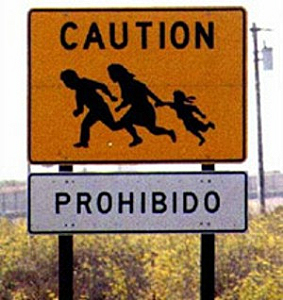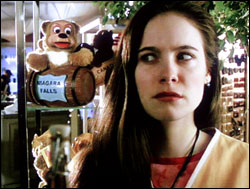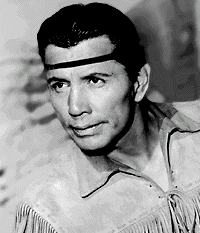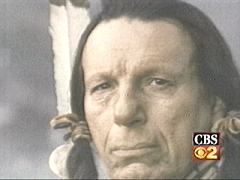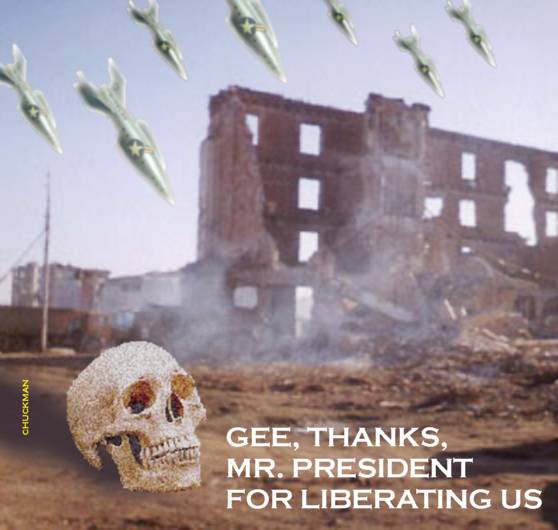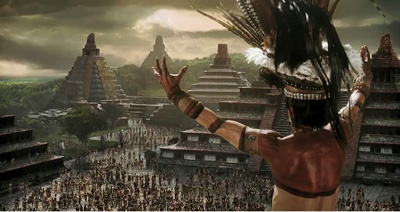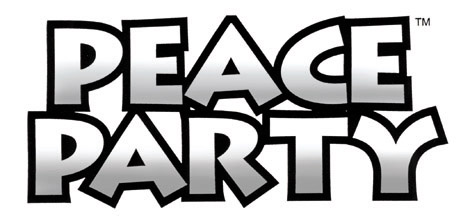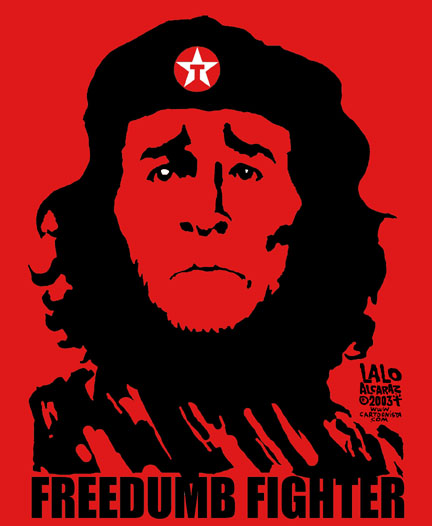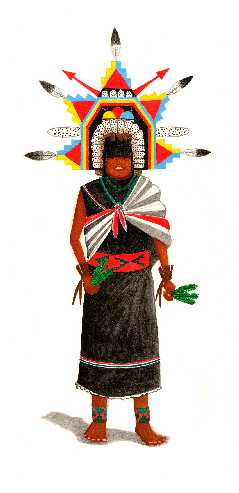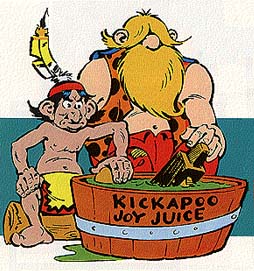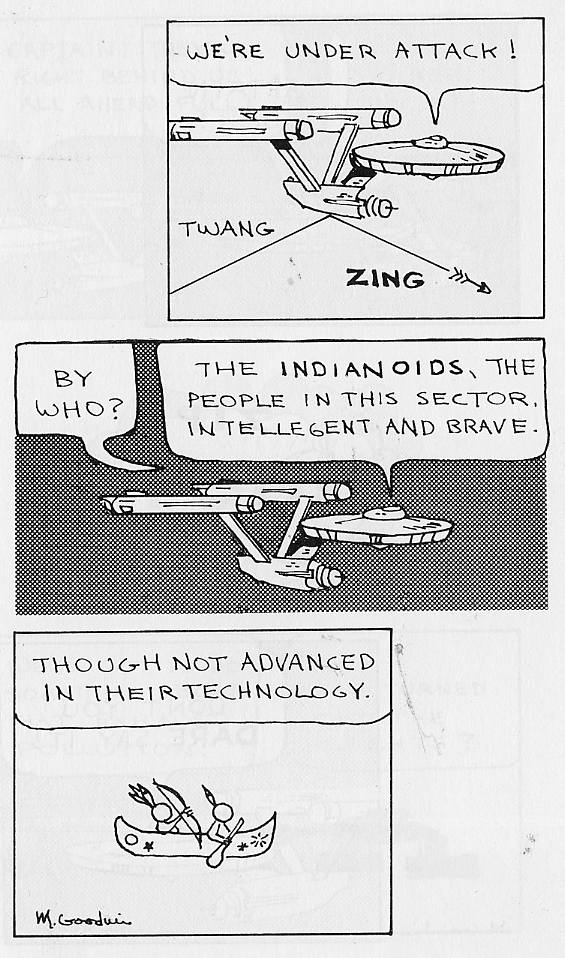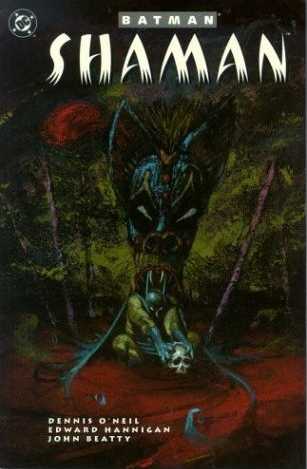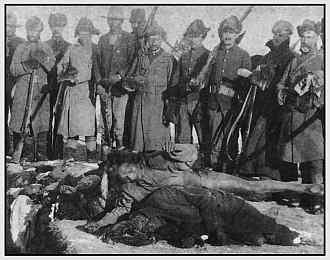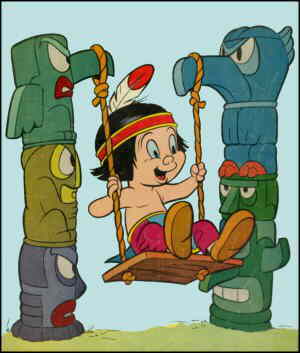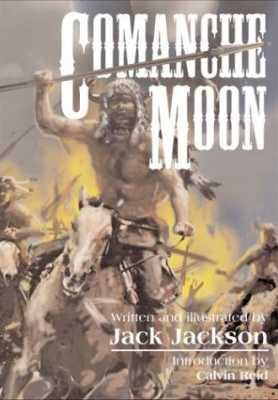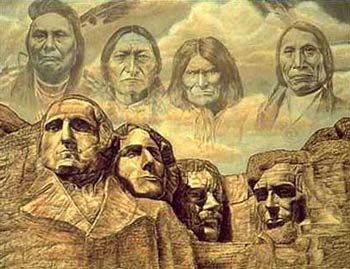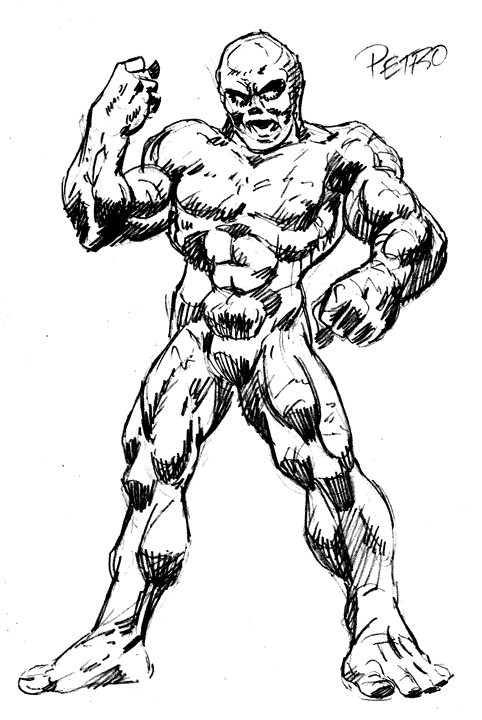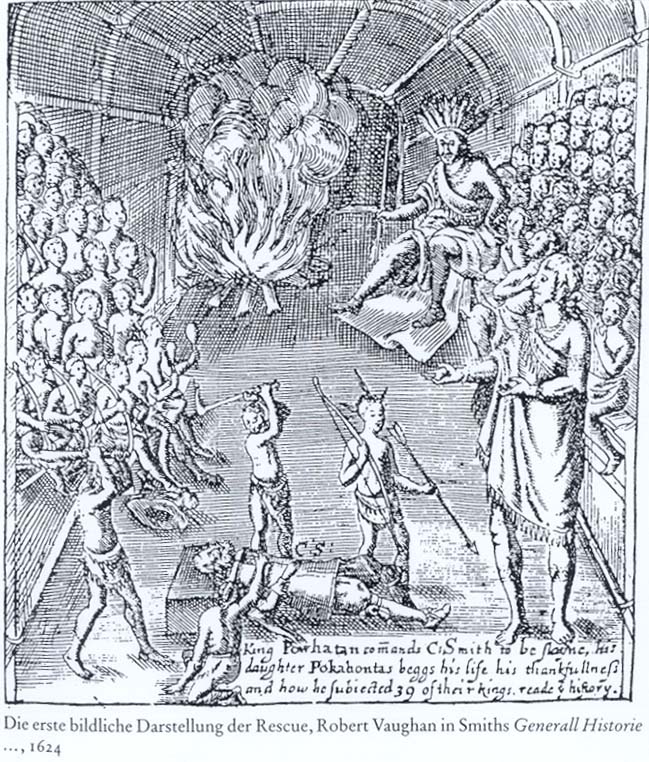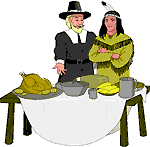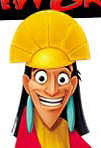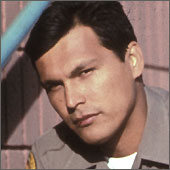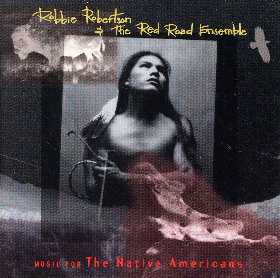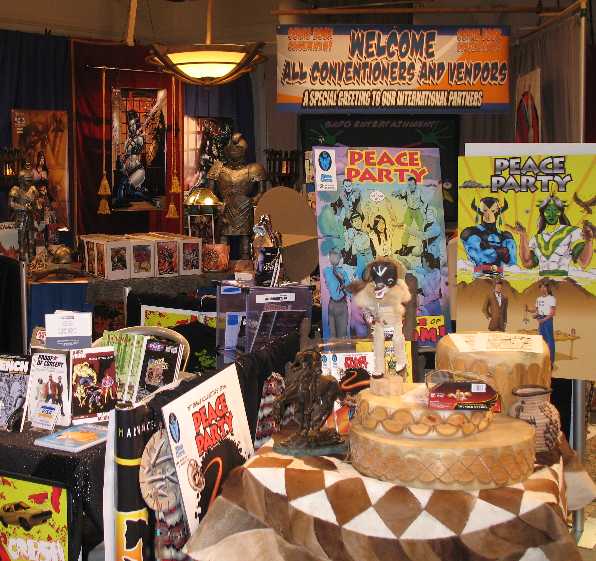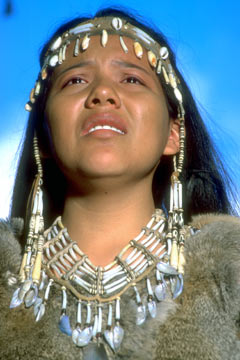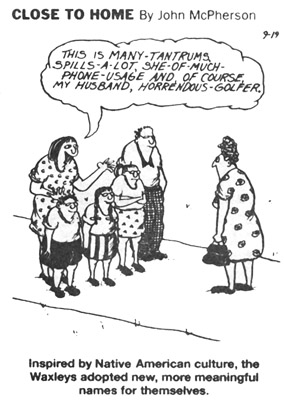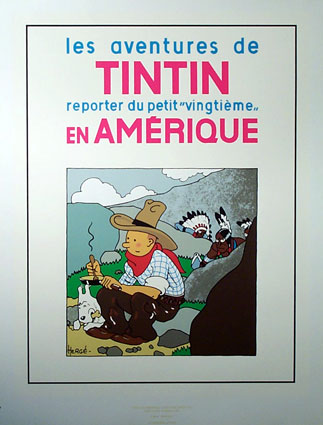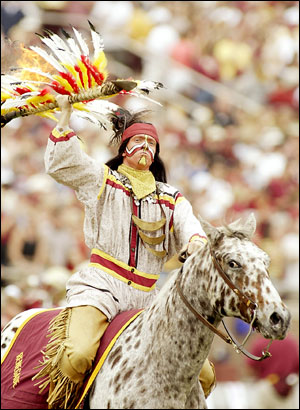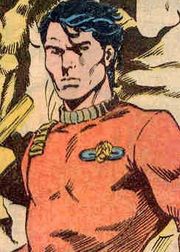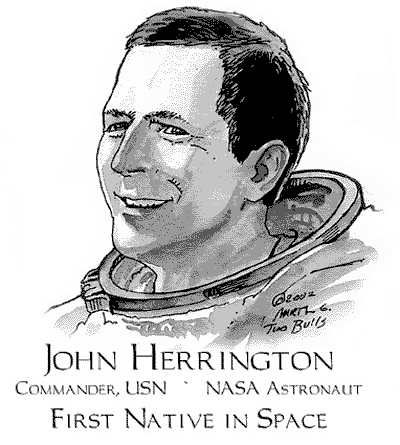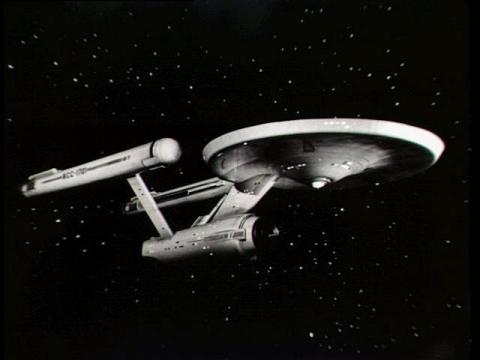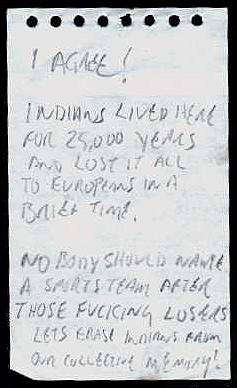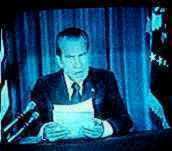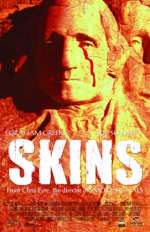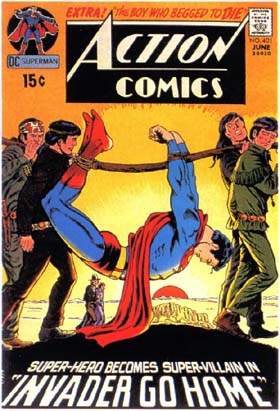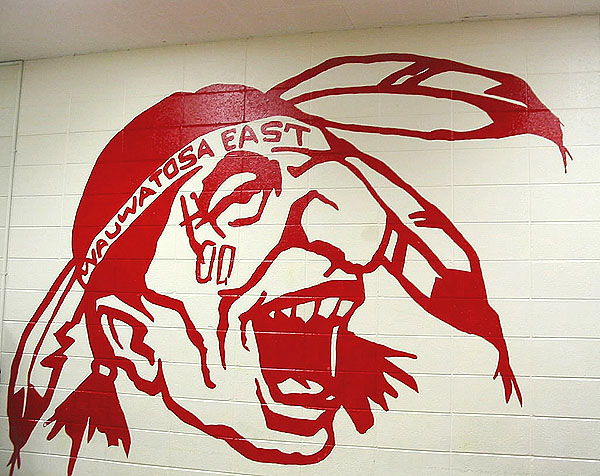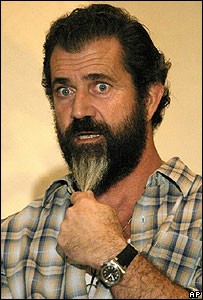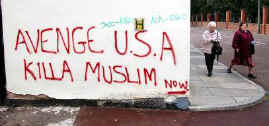Just finished reading
The Face-Changers by Thomas Perry. Coincidentally, it was one of the Native mysteries starring a woman PI mentioned by Eulala Pegram in her recent
article. This review from Amazon.com sums it up:
Jane Whitefield, Thomas Perry's Native American "guide," has recently married Dr. Carey McKinnon and is now retired from helping people disappear from danger. But when her husband's old mentor, a world-famous plastic surgeon wanted by the police for a murder he didn't commit, turns up in Carey's emergency room, Jane steps back into the shadowy world of runners and hunters one more time. In this fourth outing in Edgar-winning Perry's fascinating and innovative series, Jane discovers that someone else is using her name and reputation to take fugitives out of the world, but for very different, and diabolical, purposes. Whitefield's Seneca heritage, plus her unique talents, make her a novel and compelling heroine, and Perry's masterful storytelling makes the most of Whitefield in this suspenseful page-turner.Anyway, it was very good--probably the best Native mystery I've read. That means it's as good as or better than the best Tony Hillerman mystery I've read (
Hunting Badger). Forget James Bond or Jack Bauer--if you're in trouble, you want Jane Whitefield on your side.
My only quibble is that the Native aspects feel tacked on. Jane is a Seneca, but for the most part, she acts like a non-Indian. Once every 40-50 pages, she thinks about some Seneca story or bit of lore, and then she goes back to being as non-ethnic as the name "Whitefield" suggests.
If I were writing an Indian character, which I've done, I'd integrate her personality and culture more. I'd have her think and feel like an Indian frequently, not occasionally. Otherwise, there's little point in making her an Indian.
Rob's rating: 8.5 of 10.
For more on the subject, see
The Best Indian Books.
